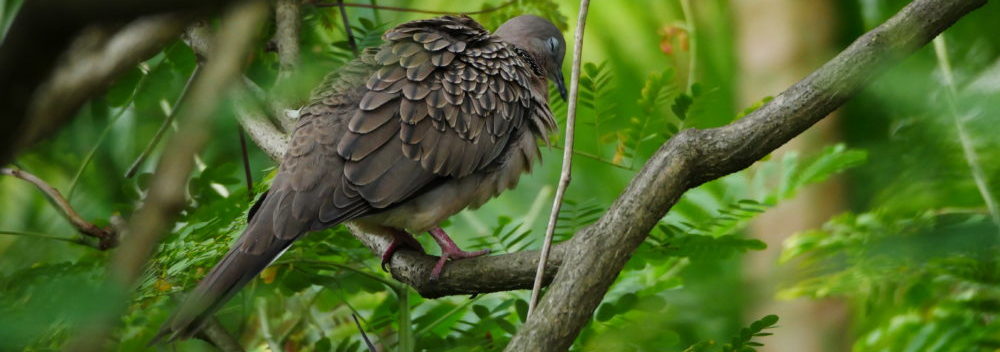
Spring is Black, Summer is Blue, Autumn is Red and Winter is White.
Thus read the colours of the seasons in the 1770 book “Kuju-sanki”, which describes the landscape of the Kuju Mountain Range, its people, lifestyle, and the 260-year history of Mt Kuju Hakausuiji-temple Hokkein, which was a site of mountain worship (From the Chojabaru Visitor’s Centre).

For over a millennium, from mid-February to March, the park’s grasslands are set on fire in a controlled manner following the ancient practice called noyaki, where the withered grass of winter is burnt to raise the quality of grass for spring, maintain and regenerate the grassland, to eliminate shrubs, trees and pests, like mites, stuck to withered grass. (http://oitaisan.com/english/heritage/burning-fields-and-grasslands-in-the-southern-foothills-of-mount-yufu/)

This practice helps preserve the grassland for cattle and horses and gives the Aso-Kuju region its unique landscape. Famous places for this field burning in Oita Prefecture include Kuju Highlands, Iida Highlands, and Jumonjibaru near Mount Yufu, and the burning of Mount Ougiyama viewed from the city of Beppu. The Aso Fire Festival, known as Hifuri Shinji in Japanese, began in 1984 and is held every year in mid-March. (https://www.japan.travel/national-parks/parks/aso-kuju/explore/)

It may not have been the lush colourful Spring we perceived for our short Kuju Highlands holiday, but the acrid aroma, thundery rain, and burnt landscape made it possible to observe an ancient cycle of the Kuju Highlanders’ renewal and rejuvenation, on terms that exploited as much the awesome power of nature’s forces, as it cultivated their cultural manicured attentive expressions of agency.



We travelled through the Aso-Kuju Highlands to Yufuin, experiencing along the way Sensuikyou Gorge, the fascinating carbonated springs at Nagayu Onsen, and springs scattered throughout the Highlands, including the ethereal Shirakawa Springs



Aso-Kuju Highlands, Kyushu, Japan. Panasonic Lumix G9, GF10 & GX85, March 2023

